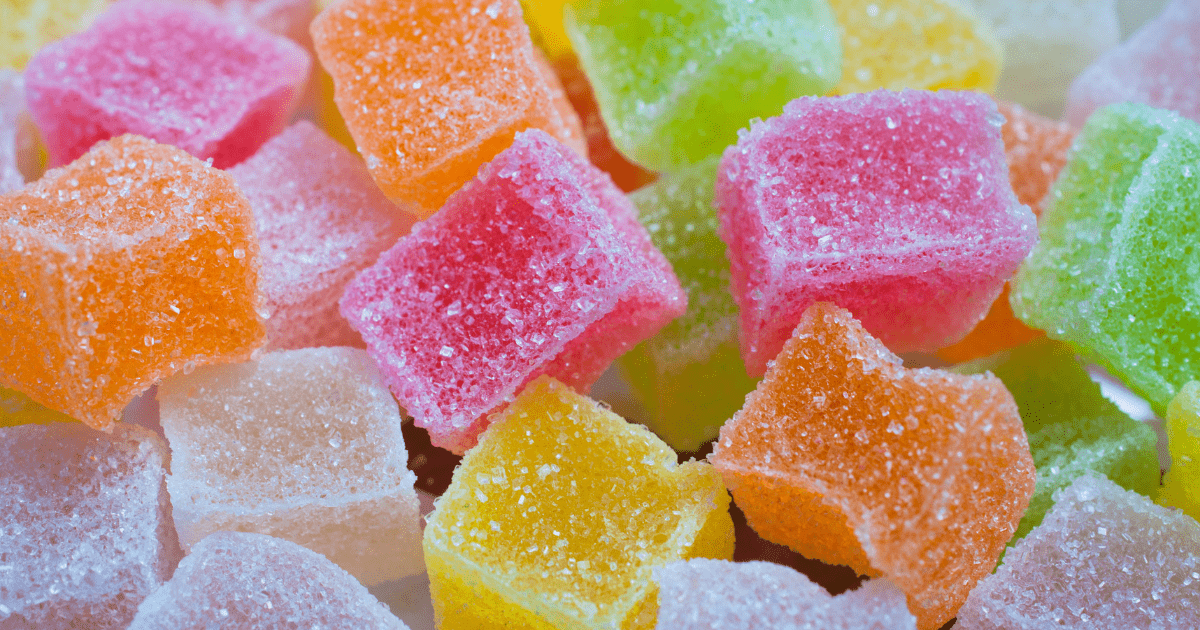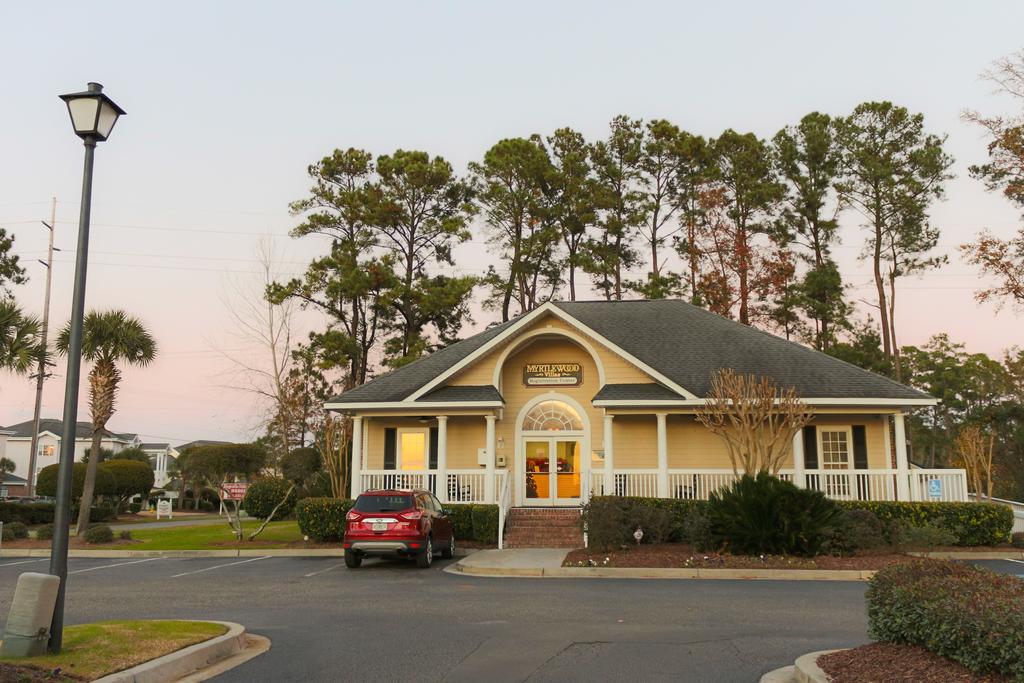TikTok has transformed the way we share creativity and connect with content worldwide, offering endless entertainment through short, engaging videos. Accessing these videos anytime, anywhere can enhance the viewing experience, and Snaptik provides the perfect solution for this need. With Snaptik, downloading TikTok videos is straightforward, fast, and reliable, allowing users to save their favorite content without interruptions. Whether it is funny clips, tutorials, or trending challenges, Snaptik ensures you have access to the videos you love at all times. By simplifying the download process, it empowers users to enjoy TikTok content on their terms.
Effortless TikTok Video Downloads
Snaptik is designed for simplicity, making TikTok video downloads accessible to everyone. You do not need technical expertise to use the platform. All it requires is a link to the TikTok video you want to download, and Snaptik does the rest efficiently.
- User-Friendly Interface: No complicated menus or steps just paste the video link.
- Quick Download Speed: Videos are saved in moments, even in high resolution.
- No Registration Needed: Enjoy seamless downloads without creating an account.
- Compatible With Devices: Works smoothly on smartphones, tablets, and desktops.
With these features, Snaptik transforms the way users interact with TikTok content, offering convenience without compromising quality.
High-Quality Video Downloads
One of the standout advantages of Snaptik is its commitment to preserving video quality. Users no longer need to compromise clarity when saving content for offline use. Whether it is a dance trend, a recipe, or educational content, every detail remains intact.
- HD Quality Support: Download videos in the highest available resolution.
- Audio Preservation: Original soundtracks and voiceovers are maintained.
- No Watermarks: Clean downloads make sharing easier and more professional.
- Flexible Formats: Videos can be saved in multiple formats to suit different devices.
This attention to quality ensures that the viewing experience offline mirrors the online experience.
Offline Viewing Made Simple
Downloading TikTok videos with Snaptik allows for offline access anytime, without relying on an internet connection. This is particularly useful for travel, areas with weak connectivity, or situations where streaming is not convenient.
- No Data Usage After Download: Watch videos repeatedly without consuming mobile data.
- Convenient Access: Keep all favorite videos organized on your device.
- Reliable Playback: Offline videos play smoothly without buffering.
- Content Availability: Save trends and tutorials before they disappear.
By storing videos locally, Snaptik ensures users never miss out on content they enjoy.
Seamless Sharing Across Platforms
Snaptik not only lets users download videos but also enhances sharing capabilities. Once saved, TikTok videos can be distributed easily across social media, messaging apps, or for personal archiving.
- Social Media Sharing: Share downloaded videos to Instagram, Facebook, or WhatsApp.
- Personal Collections: Build your own library of favorite TikTok content.
- Easy Transfer: Videos can be moved between devices with ease.
- Collaboration: Creators can reuse content responsibly for projects or inspiration.
The flexibility in sharing supports creative expression and social engagement beyond TikTok’s app.
Speed and Reliability
Snaptik stands out for its speed and consistency. Users can rely on the platform to deliver videos without delays or interruptions. This reliability enhances overall satisfaction, ensuring the downloading experience is smooth from start to finish.
- Fast Processing: Videos are processed quickly, saving time.
- Stable Performance: Works consistently across different networks.
- Minimal Errors: Downloads rarely encounter issues.
- Trusted Platform: Millions of users rely on Snaptik globally.
The combination of speed and reliability makes it a preferred choice for TikTok enthusiasts.
Versatility for Different Users
Snaptik caters to a broad audience, from casual viewers to content creators and educators. Its versatility allows everyone to leverage TikTok content in meaningful ways.
- Casual Users: Save funny clips, dance challenges, or viral content.
- Content Creators: Access inspiration and resources for projects.
- Educators: Download educational clips to use in lessons or presentations.
- Business Professionals: Collect marketing trends or promotional ideas.
This adaptability makes Snaptik a valuable tool for a wide range of users, enhancing both entertainment and productivity.
Security and Privacy
Snaptik prioritizes user security and privacy. The platform allows downloads without the need to share personal information, making it safe for everyone.
- No Login Required: Protects personal accounts and data.
- Safe Downloads: Free from viruses or malware.
- Confidentiality: Your activity remains private.
- Trusted Source: Recognized for secure and legitimate service.
By focusing on safety, Snaptik ensures users can enjoy content without worrying about security risks.
Benefits of Regular Use
Using Snaptik regularly provides a range of advantages. From convenience to creative possibilities, the platform transforms how users engage with TikTok videos.
- Convenience: Always have videos ready for offline viewing.
- Creative Flexibility: Incorporate downloaded videos into new content.
- Learning Opportunities: Save tutorials and educational clips.
- Entertainment: Enjoy a library of favorite content anytime.
These benefits highlight how Snaptik enhances both personal enjoyment and professional use of TikTok videos.
How to Get Started
Starting with Snaptik is quick and straightforward. A few simple steps can have you downloading videos immediately:
- Copy Video Link: Open TikTok and copy the link of the video you want.
- Open Snaptik: Paste the link into the Snaptik platform.
- Choose Quality: Select the desired video resolution.
- Download: Click to save the video on your device.
- Enjoy Offline: Watch, share, or organize the video at your convenience.
This simplicity ensures anyone can access TikTok videos without any technical barriers.
The Snaptik Advantage
Snaptik’s combination of speed, quality, security, and versatility makes it stand out in the crowded digital landscape. Users no longer need to depend solely on TikTok’s app to enjoy content, as Snaptik brings videos directly to their devices efficiently. By focusing on the user experience, Snaptik ensures access, convenience, and creativity go hand in hand.
- Accessible: Easy to use for all age groups.
- Efficient: Saves time and effort with fast downloads.
- Flexible: Works across multiple devices and platforms.
- Dependable: Trusted by millions globally for consistent performance.
Snaptik brings TikTok videos closer to users with its intuitive, fast, and reliable download options. By combining high-quality downloads, offline accessibility, seamless sharing, and strong security, it transforms how TikTok content is consumed and preserved. Whether for entertainment, learning, or creative projects, Snaptik provides a simple and effective solution that meets the needs of all types of users. Its user-friendly interface, fast processing, and versatile compatibility make it a must-have tool for anyone who loves TikTok and wants to enjoy videos anytime, anywhere without limitations.






